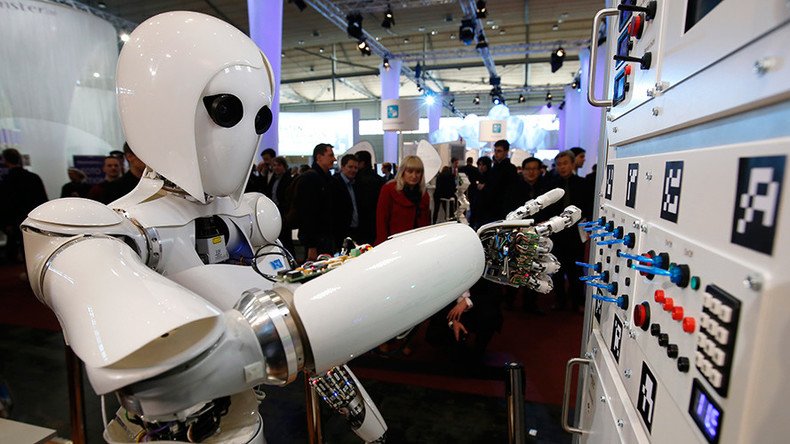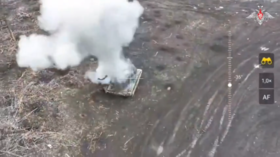AI can now identify objects it hasn’t seen before through ‘probability’

Computers are edging ever-closer to mimicking human intelligence with new technology that allows them to recognize objects based on the probability of what they should look like rather than on comparisons to an actual match.
Boston start-up Gamalon developed the algorithm that allows artificial intelligence (AI) to learn from less data, significantly cutting down in the amount of hardware and time needed for tasks. “You can run our software on a laptop, and it takes 100 times less horsepower to find an answer,” co-founder and CEO of the company Ben Vigoda told Bloomberg.
Typically for AI to develop an ability to recognize objects it has to analyze hundreds of thousands of images showing variations of that some object, for example a cat. Gamalon’s algorithm uses probabilistic programming, recognizing key features of such an object – like whiskers and a tail – then filling in the gaps.
Showing an example of the technology to MIT Technology Review Vigoda said there was a “black art” to creating the technology.
Vigoda demonstrated the tech applied to a drawing app which tries to recognize what a user is sketching. Unlike Google’s ‘Quick, Draw!’ the Gamalon-powered app didn’t require an exact comparison taken from a large database. Instead it deduced, from a smaller array of data, what the drawing was likely to be.
CAPTCHA gotcha: Robot easily fools 'I’m not a robot' system https://t.co/BRpkQG8ysXpic.twitter.com/HNY7hFmzaI
— RT (@RT_com) January 29, 2017
The algorithm is already being used in Gamalon’s ‘Structure and Match’ product, which communications hardware maker Avaya pay $10,000 a month for to fix mistakes on 100,000 database rows.
The AI automatically corrects and streamlines incorrectly entered data in minutes. Unlike the find-and-replace search tool, it understands context. For example it knows the “St” in “St. Louis” shouldn’t be replaced with “street”.
READ MORE: Robot kill switches & legal status: MEPs endorse AI proposal
Vigoda believes the technology could be used to learn about users’ interests without requiring troves of data or hours of training. Self-driving cars could also utilize it to learn about new obstacles quickly.












